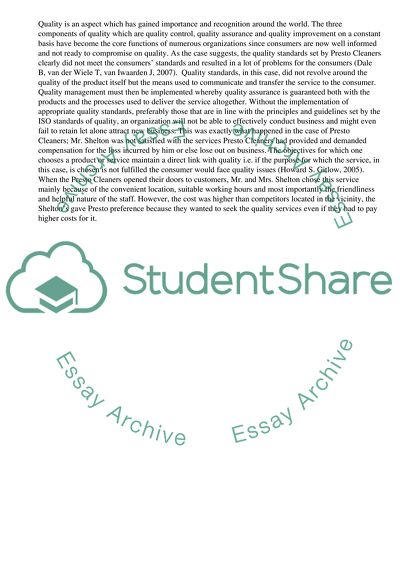Cite this document
(“Elimination of the Quality Issues and the Retention of Business Case Study - 5”, n.d.)
Elimination of the Quality Issues and the Retention of Business Case Study - 5. Retrieved from https://studentshare.org/business/1731717-business
Elimination of the Quality Issues and the Retention of Business Case Study - 5. Retrieved from https://studentshare.org/business/1731717-business
(Elimination of the Quality Issues and the Retention of Business Case Study - 5)
Elimination of the Quality Issues and the Retention of Business Case Study - 5. https://studentshare.org/business/1731717-business.
Elimination of the Quality Issues and the Retention of Business Case Study - 5. https://studentshare.org/business/1731717-business.
“Elimination of the Quality Issues and the Retention of Business Case Study - 5”, n.d. https://studentshare.org/business/1731717-business.


